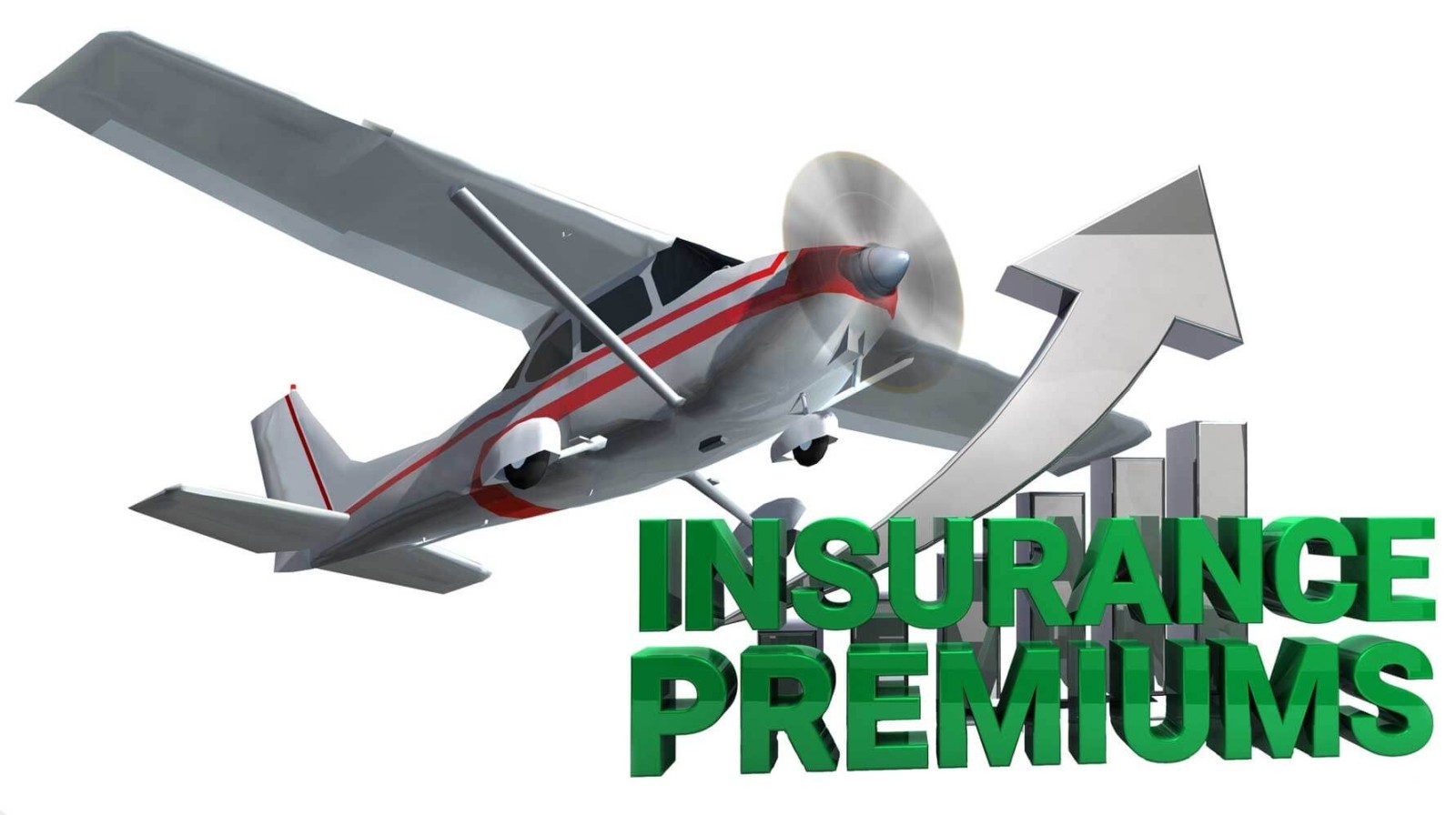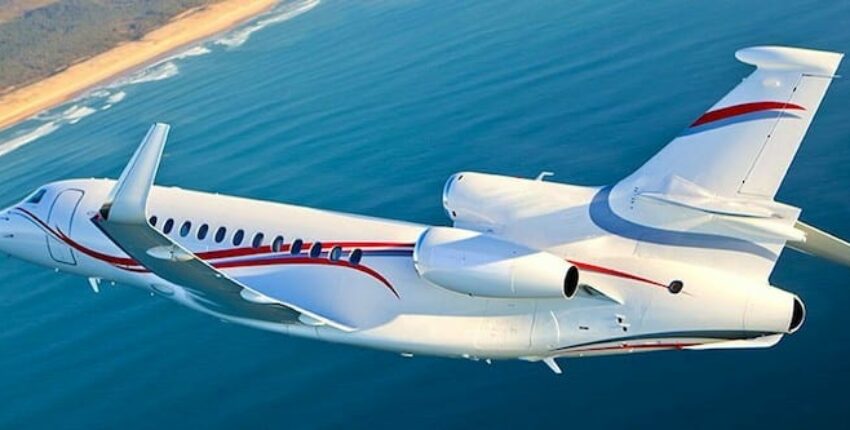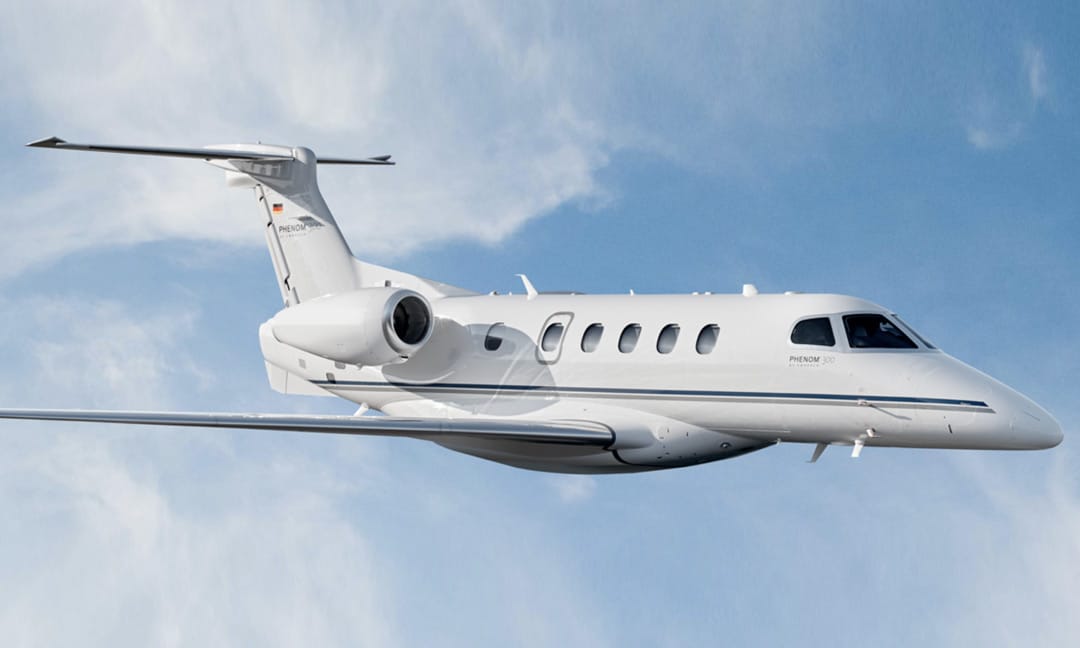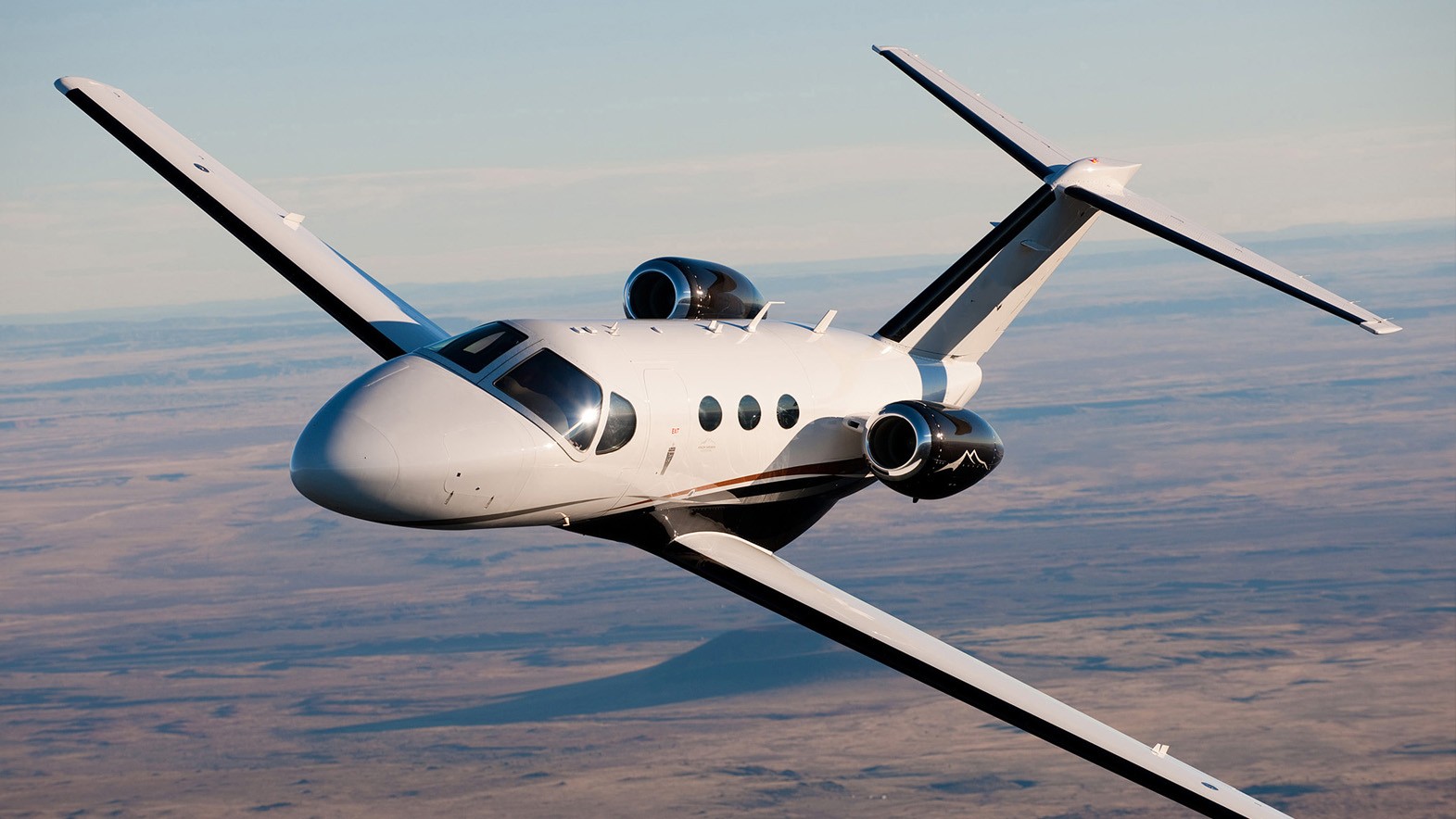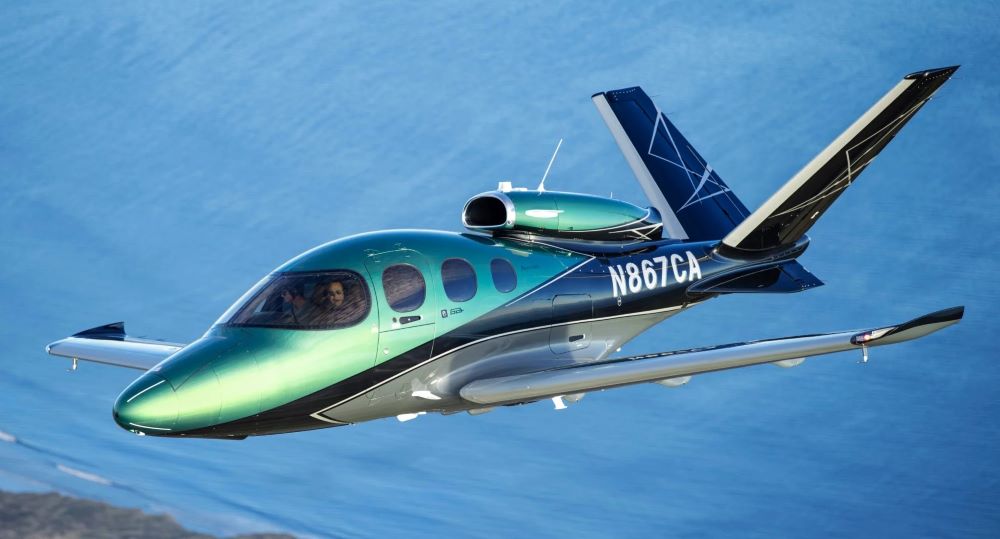Dassault Falcon 8X Review: French Elite Jet
7 min read
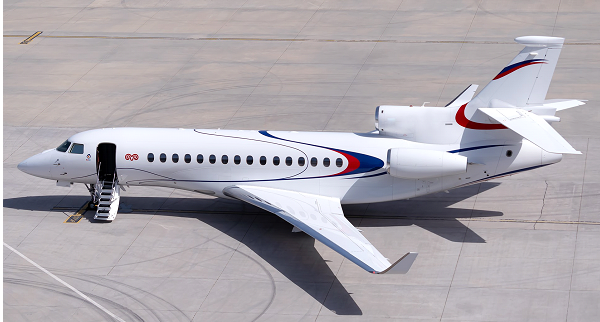
When you're in the market for a long-range business jet, you're not just buying speed or range; you're buying convenience, comfort, and the ability to skip the stress of commercial air travel entirely.
The Dassault Falcon 8X is one of those jets that quietly gets a lot of things right without necessarily shouting about it. Released in 2016 by Dassault Aviation, the Falcon 8X is a three-engine jet aimed at people who want global reach but also care about things like fuel efficiency, flexibility, and cabin comfort.
It’s not the fastest or the farthest-flying jet in its class, but it might just be the most practical — and that’s where it shines.
This review breaks down what you need to know: how far it flies, how fast, how much it costs to run, and how it stacks up against its main competitors like the Gulfstream G650 and Bombardier Global 7500.
We'll also get into the pros, the cons, and whether this jet is worth considering if you're shopping in the $60M+ range.
Performance and Range
At the core of any long-range jet is its ability to cover intercontinental distances without breaking a sweat. The Falcon 8X delivers admirably in this area, offering a maximum range of 6,450 nautical miles (11,945 km). This range enables nonstop travel between cities such as Beijing and New York or Singapore and London, making it a true global traveler.
Its maximum cruising speed of 600 knots (Mach 0.90) is marginally slower than some of its competitors, but still brisk enough for executives needing rapid international connections. Thanks to its short-field performance, including a takeoff distance of 5,880 feet and landing capability in as little as 2,220 feet, the 8X opens the door to smaller, more conveniently located airports like London City or La Môle – St-Tropez. This flexibility is a crucial differentiator in a market where time and accessibility are everything.

Cabin Comfort and Quiet Luxury
The Falcon 8X is not just about performance; it’s equally a statement in refined airborne living.
The cabin, widely recognized as one of the quietest in its class at just 47 dB, is spacious and customizable. Measuring 43 feet long, 7 feet 8 inches wide, and 6 feet 2 inches high, the interior feels expansive yet intimate.
Designed to accommodate up to 16 passengers, Dassault offers over 30 cabin configurations, ranging from executive lounge setups to luxurious suites with private bedrooms and optional showers.
Three-lounge configurations, large galleys, crew rest areas, and Ka-band high-speed internet are all available. The result? An airborne sanctuary that caters as effectively to restful sleep as it does to boardroom discussions at 40,000 feet.
Flight Deck and Technology
The cockpit of the Falcon 8X is a strong selling point, especially for pilots and safety-conscious buyers. It comes with Dassault’s EASy IV Flight Deck, which runs on the Honeywell Primus Epic system; a highly advanced avionics suite designed to reduce workload and improve overall flight management.
It’s clearly built with professionals in mind, but even non-pilots can appreciate the peace of mind that comes from knowing your jet is flying with some of the most reliable tech in the sky.
One of the standout features here is FalconEye, Dassault’s proprietary Combined Vision System. It's the first system in the world that blends both synthetic and enhanced vision into a single head-up display (HUD). What does that mean in real-world terms? It means the pilots can "see" the runway through fog, snow, or darkness, almost like augmented reality, with enough clarity to land in conditions where other jets might have to divert.
It’s certified for landings down to just 100 feet above the runway, which is a serious advantage in bad weather or at challenging airports.
The Falcon 8X also benefits from a Digital Flight Control System (DFCS) that was adapted from Dassault’s Rafale fighter jet. That might sound like overkill for a business jet, but it adds a real layer of precision and control. It smooths out turbulence, automates certain stability tasks, and makes the plane more responsive without being twitchy, reducing the pilot's workload and making every flight a little bit smoother and safer. In short, the technology in the Falcon 8X isn’t just impressive on paper, it’s designed to make every flight more predictable, more comfortable, and much safer.
Whether you're flying the plane yourself or hiring professionals to do it, that kind of reliability and redundancy is a big plus.
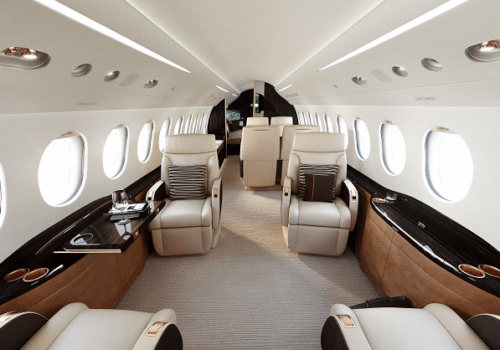
Operating and Maintenance Costs
The Falcon 8X has a variable operating cost of approximately $3,800 per flight hour, although this can rise depending on factors like crew salaries, hangar fees, and insurance; some estimates go as high as $9,138/hour when these are factored in. Annual maintenance costs are estimated at around $70,990 for 450 flight hours, or about $158 per hour. Thanks to an MSG-3 maintenance program, the 8X only requires scheduled inspections every 800 hours or 12 months, allowing operators to maximize flight time and minimize downtime.
This further enhances its appeal as a cost-efficient, reliable business tool.
Main Competitors
Now, if you're looking at the Falcon 8X, chances are you're also considering some of the other big names in the ultra-long-range jet market — namely the Gulfstream G650 and the Bombardier Global 7500.
These three jets are often mentioned in the same breath, and for good reason.
They’re all capable of flying incredibly long distances nonstop, and they all come packed with luxury, performance, and high-end technology. But they each bring something different to the table.
Let’s start with the obvious differences. The Global 7500 currently has the longest range in the category, around 7,700 nautical miles, followed closely by the G650 at 7,500 nm.
The Falcon 8X, on the other hand, offers about 6,450 nm. So if you're regularly flying routes like Los Angeles to Singapore or Sydney to London without refueling, the Bombardier or Gulfstream might edge out the Falcon in terms of sheer distance.
Speed-wise, the G650 and Global 7500 also have a slight edge, both cruising at about 610 knots, compared to the Falcon 8X’s 600 knots.
In the real world, that difference might shave 20 or 30 minutes off a long-haul flight; not insignificant, but not a dealbreaker for most.
Where the Falcon 8X starts to stand apart is in cost and flexibility. It comes in with a price tag of around $62.5 million, which is a few million less than the G650 and over $10 million less than the Global 7500. That initial savings is only part of the story, though.
The Falcon 8X is also significantly more fuel-efficient, up to 30% more efficient, in fact; which can lead to major cost savings over time, especially for frequent flyers or charter operators.
And then there's the matter of where you can fly. The Falcon 8X’s short-field performance is a major win. It can operate from runways as short as 3,934 feet, which means you can access smaller, more convenient airports that the G650 and Global 7500 simply can’t.
That can be a huge advantage if you’re flying into places like London City or vacation destinations with tight runways like La Môle – St-Tropez. So while the Falcon 8X might not be the farthest-flying or the fastest of the bunch, it hits a sweet spot: it's efficient, versatile, and a bit more budget-friendly, without compromising on comfort or tech.
That makes it especially appealing to buyers who value operational flexibility just as much as they value speed and range.
Options and Customizations
Dassault has built a reputation for allowing customers to tailor aircraft to their precise needs, and the 8X is no exception. Owners can select:
⦁ Three-zone cabin layouts
⦁ Crew rest areas and large galleys
⦁ Optional aft showers
⦁ Electrically assisted seats
⦁ High-definition entertainment systems
⦁ Dual FalconEye HUDs
⦁ High-speed Ka-band connectivity
In essence, it’s an aircraft that adapts to your mission profile, not the other way around.
Why Buy the Falcon 8X? Pros and Cons
Why It’s a Good Option:⦁ Fuel Efficiency: Up to 30% less fuel consumption than competitors.
⦁ Short-Field Performance: Access airports most large jets can’t reach.
⦁ Advanced Safety Tech: FalconEye vision system and military-derived flight controls.
⦁ Cabin Comfort: Quiet, spacious, and supremely customizable.
⦁ Cost-Effectiveness: Lower operating costs than competitors in the same class.
Why It Might Not Be the Best Fit:⦁ Shorter Range: Falls short of the G650 (7,500 nm) and Global 7500 (7,700 nm).
⦁ Slightly Slower: A maximum speed of 600 knots lags behind top competitors.
⦁ Trijet Complexity: Three engines may translate to higher maintenance demands compared to twins.
⦁ Cabin Size: While luxurious, it's slightly smaller than the Global 7500’s four-zone layout.
Final Verdict
The Dassault Falcon 8X isn’t the flashiest jet in the ultra-long-range category, nor does it boast the absolute top figures in range or speed. But where it shines is in delivering a smart, well-rounded package of economy,
comfort, accessibility, and cutting-edge technology.
For operators looking to minimize cost without sacrificing luxury, or those needing regular access to shorter or more restrictive runways, the Falcon 8X makes a compelling case. Its loyal user base, quiet cabin, and stellar efficiency ensure it remains
a strong contender in a competitive market.
In a world increasingly focused on sustainable luxury and operational pragmatism, the Falcon 8X may just be the most rational choice at 51,000 feet.
